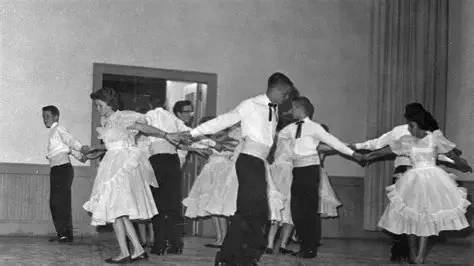
- - Did Henry Ford Promote Square Dancing in Schools?
- - Henry Ford's Cultural Influence
- - Square Dancing and its Popularity in Schools
- - Why Henry Ford Promoted Square Dancing
- - Real-life Impact of Ford's Promotion of Square Dancing
- - Square Dancing Today and Its Legacy
- - Recommended Resources at American Dance Academy
1. Did Henry Ford Promote Square Dancing in Schools?
Henry Ford, the founder of the Ford Motor Company, is known for revolutionizing the automobile industry and transforming American manufacturing with the introduction of the assembly line. However, his influence extended far beyond the car industry. One of his lesser-known contributions was his promotion of square dancing in schools across the United States. But why did Ford, a businessman, take an interest in a traditional folk dance, and how did it become an integral part of school curricula? Let’s explore how Ford’s promotion of square dancing became a significant part of American culture.
2. Henry Ford's Cultural Influence
Henry Ford was not just an industrialist; he was also an influential figure in shaping American culture. He had strong ideas about how society should function and believed that art, music, and culture played important roles in shaping the character of citizens. In the early 20th century, Ford recognized the importance of promoting a sense of national unity and believed that traditional American values could be reinforced through cultural activities.
Ford saw square dancing as a wholesome, distinctly American activity that promoted community bonding, good health, and discipline. His promotion of square dancing was also tied to his broader philosophy of uplifting the American working class, offering them access to cultural activities that were enjoyable and morally enriching.
3. Square Dancing and its Popularity in Schools
Square dancing, a folk dance that originated in Europe and became popular in America, was seen by many as a charming and lively way to bring people together. By the 1920s and 1930s, square dancing was already well-established in rural communities. However, Ford played a crucial role in bringing square dancing into American schools, advocating for it as an educational tool. Ford’s support helped bring the dance into classrooms, especially in rural and midwestern areas.
In the 1920s, Ford began funding the promotion of square dancing, believing that it would encourage a sense of cooperation and discipline among students. He saw it as a way to combine physical activity with social interaction and wanted to bring it into schools as part of physical education programs. His efforts led to the widespread adoption of square dancing in schools across the country.
4. Why Henry Ford Promoted Square Dancing
Ford’s promotion of square dancing wasn’t just about the dance itself; it was about instilling certain values in the American public. Ford believed that square dancing fostered qualities such as teamwork, rhythm, cooperation, and discipline—values that he thought were essential for a productive society. Additionally, he saw it as a fun, wholesome activity that could help combat what he viewed as the moral decay of urban life in the early 20th century.
Ford’s vision was to create a culture of work-life balance that was grounded in healthy physical activities, social interaction, and family values. He understood the importance of community-building, especially in the growing urban areas, and square dancing, for him, was a way to bring people together. By promoting it in schools, Ford hoped to create an enduring cultural practice that would thrive in communities and contribute to national unity.
5. Real-life Impact of Ford's Promotion of Square Dancing
The real-life impact of Ford’s promotion of square dancing was felt in communities across the United States. In schools, square dancing became part of the curriculum, particularly in physical education classes, where students learned the steps and patterns of various square dances. Ford’s funding helped develop instructional materials, including books and films, to teach square dancing to both teachers and students.
Ford’s push for square dancing also reached into the public sphere, with square dance events being organized in various communities. These events provided an opportunity for social interaction, family engagement, and community bonding, which Ford believed were important for the development of strong, cohesive communities.
By the mid-20th century, square dancing had become a national pastime, especially in rural and small-town America. Its popularity remained strong through the decades, partly due to Ford’s efforts in making it a culturally significant activity. Even today, square dancing is practiced in many parts of the United States, and it still holds a place in American schools as part of certain physical education programs.
6. Square Dancing Today and Its Legacy
Square dancing may not be as ubiquitous as it once was in American schools, but its legacy is still evident. The dance has made a lasting impact on American culture and remains a beloved tradition in many communities. In some schools, square dancing is still taught as part of the physical education curriculum, especially in rural areas. It’s also a popular activity at community gatherings, festivals, and state fairs.
Square dancing today, in many ways, continues to fulfill the vision that Henry Ford had for it. It’s a social activity that promotes physical health, cooperation, and enjoyment, while also preserving a piece of American heritage. The influence of Ford’s promotion of square dancing continues to be felt, as it remains a cultural touchstone that celebrates community, tradition, and national identity.
7. Recommended Resources at American Dance Academy
If you’re interested in learning more about square dancing or incorporating it into your own life, American Dance Academy offers a variety of classes and resources to help you get started. Whether you’re a beginner or looking to perfect your moves, our experienced instructors can guide you through the fundamentals of square dancing and help you develop a deeper appreciation for this iconic American dance. Visit us today to explore our dance classes and educational materials!
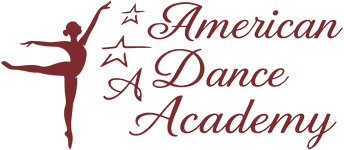
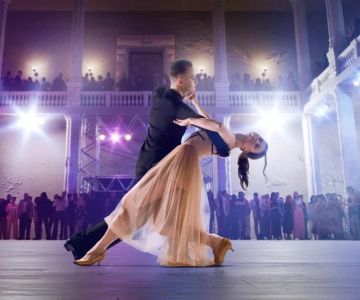
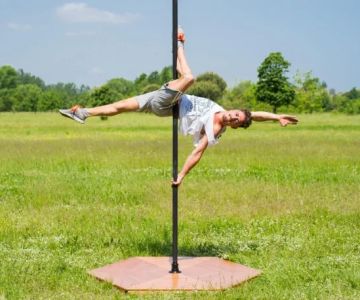
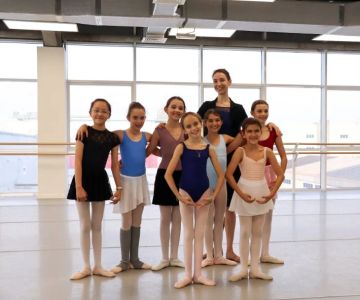


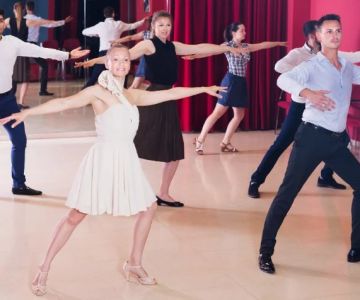
 Barrington Dance Academy5.0 (22 reviews)
Barrington Dance Academy5.0 (22 reviews) Canyon Concert Ballet4.0 (17 reviews)
Canyon Concert Ballet4.0 (17 reviews) Big City Dance Center LLC4.0 (25 reviews)
Big City Dance Center LLC4.0 (25 reviews) Tye Chua Dance & Kalamazoo Ballet5.0 (18 reviews)
Tye Chua Dance & Kalamazoo Ballet5.0 (18 reviews)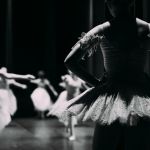 Fenton Ballet Theatre4.0 (24 reviews)
Fenton Ballet Theatre4.0 (24 reviews) Front Street Dance Center5.0 (7 reviews)
Front Street Dance Center5.0 (7 reviews) Are There Dances in Middle School? What Students and Parents Should Know
Are There Dances in Middle School? What Students and Parents Should Know How a Dance School in Instagram Builds Community and Success
How a Dance School in Instagram Builds Community and Success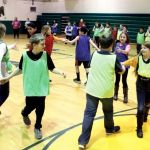 Why Do Schools Teach Square Dancing?
Why Do Schools Teach Square Dancing?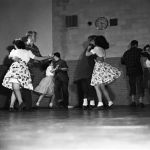 Why Was Square Dancing Taught in School?
Why Was Square Dancing Taught in School? Why Swing Dance Is Popular for Adults
Why Swing Dance Is Popular for Adults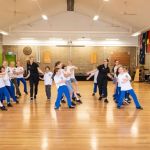 A School Dance: How to Prepare, Shine, and Make It Unforgettable
A School Dance: How to Prepare, Shine, and Make It Unforgettable